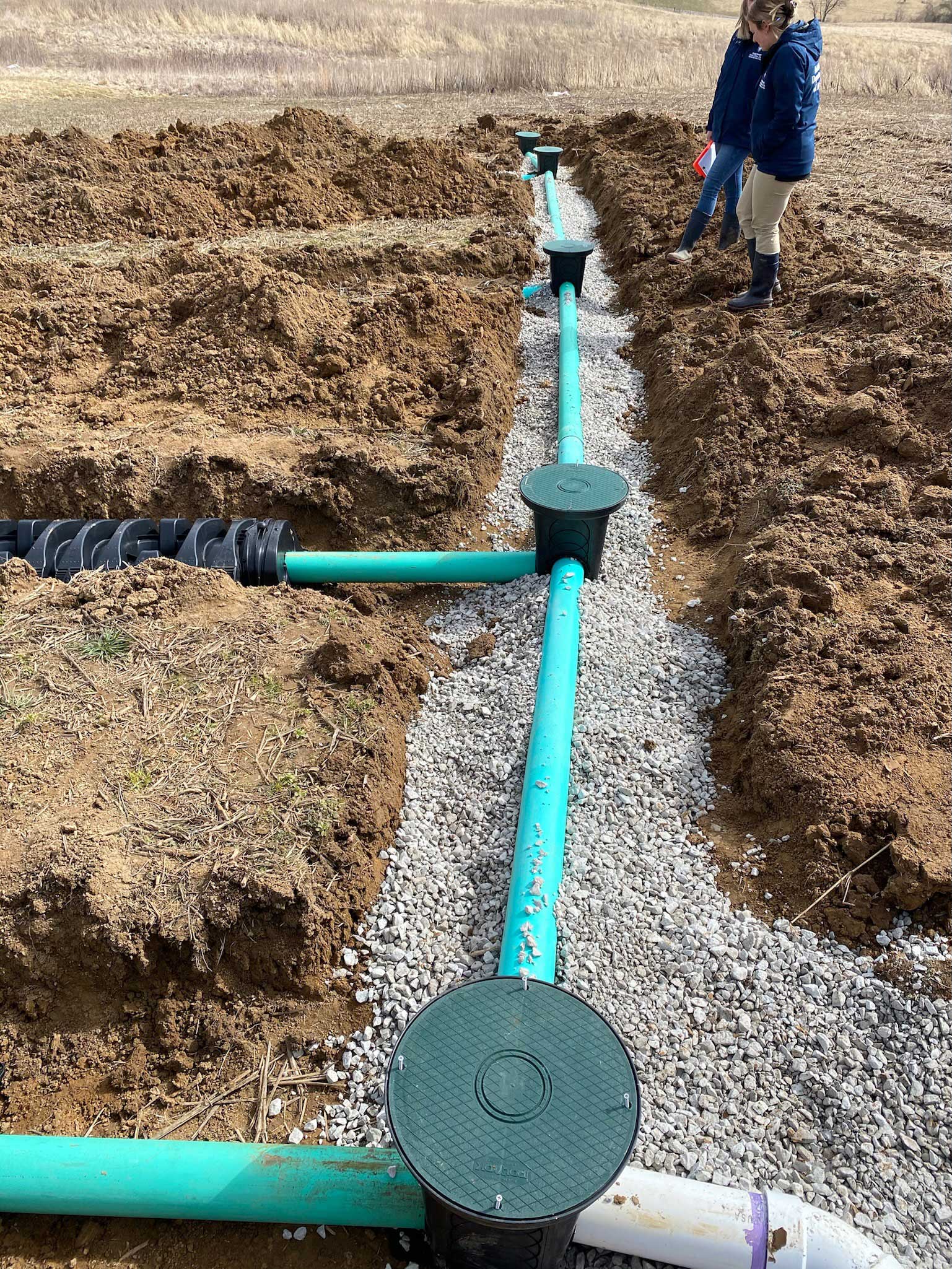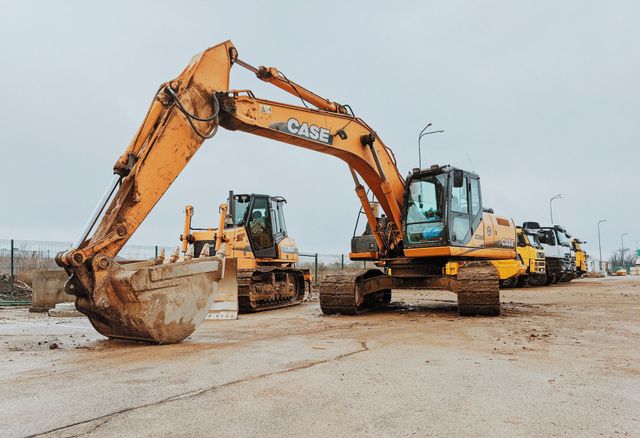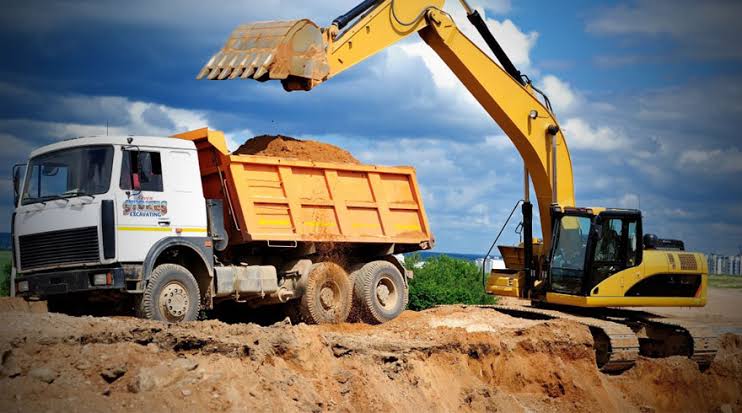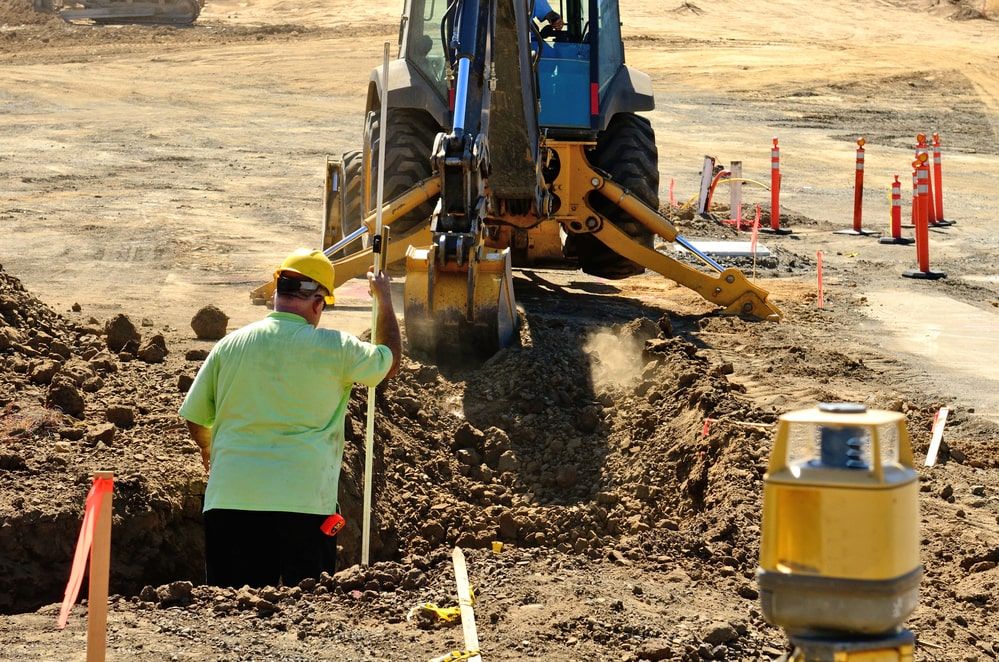In-Depth Exploration: The Scientific Research Behind Superior Excavation Practices
From old hand tools to contemporary hydraulic excavators, the development of excavation methods has been a testament to human ingenuity and technological innovations. What absolutely sets superior excavation methods apart is a deep understanding of geological concepts, paired with the application of advanced devices and methodologies.
Development of Excavation Methods
Throughout background, the evolution of excavation strategies has actually played an essential function ahead of time building techniques and archaeological discoveries. From the basic tools utilized by our ancestors to the sophisticated equipment used in modern times, the progression of excavation approaches has substantially changed exactly how we approach various tasks.
In ancient times, manual work with standard tools such as shovels, wheelbarrows, and pickaxes was the primary technique of excavation. This labor-intensive process restricted the depth and extent of excavations, usually resulting in slow progress and limited accessibility to specific websites. As human beings progressed, so did the strategies and tools used for excavation.
The Industrial Change marked a turning point in excavation exercise with the introduction of steam-powered equipment. This advancement reinvented the area, permitting faster and more extensive excavations. In contemporary times, technology plays a critical function in excavation, with improvements like general practitioner systems, drones, and 3D scanning enhancing precision and effectiveness in the field. The advancement of excavation methods remains to form the method we construct, check out, and comprehend the world around us.
Duty of Innovation in Excavation

The assimilation of innovative modern technology has basically reinvented the area of excavation, enhancing accuracy and performance to unmatched levels - lancaster trenching. One of the crucial technical advancements that has dramatically affected excavation techniques is the usage of General practitioner systems.
Additionally, the arrival of 3D modeling and simulation software has structured the preparation process for excavation tasks. Engineers and drivers can now picture the entire excavation process prior to beginning, enhancing and determining prospective difficulties process. Along with this, the implementation of drones in excavation activities has actually facilitated aerial surveys, volumetric dimensions, and website evaluations with unequaled rate and precision.
Geological Concepts in Excavation
An understanding of geological concepts is crucial for guaranteeing the structural stability and security of excavation websites. Geological aspects play an essential role in identifying the feasibility and security of excavation jobs (septic ohio). One key geological principle to consider is the type of soil or rock present at the site. Various dirt types, such as clay, gravel, or sand, have varying levels of stability and need various excavation strategies. As an example, cohesive soils like clay may require additional support to stop collapses, while sandy soils might be susceptible to erosion during excavation.
In addition, the geological structure of the area, including mistakes, fractures, and rock developments, need to be thoroughly assessed to recognize prospective threats and challenges. Digging deep into near fault lines or unpredictable rock formations can bring about instability and prospective risks. By carrying out extensive geological studies and analysis, designers and excavators can this content develop techniques to minimize dangers and ensure the effective conclusion of excavation jobs. Inevitably, incorporating geological concepts into excavation techniques is critical for achieving risk-free, reliable, and sustainable results.

Most Recent Devices for Excavation
In the world of excavation methods, contemporary technologies in tools have actually reinvented the effectiveness and precision of excavation procedures. These drones can give in-depth aerial surveys of excavation websites, supplying real-time data on topography and possible threats.
An additional cutting-edge device getting appeal is the application of 3D printing innovation for developing custom-made excavation devices. This allows for the manufacturing of specialized tools that are customized to the certain demands of a task, boosting efficiency and reducing downtime.
Moreover, developments in products scientific research have actually resulted in the growth of more powerful and a lot more resilient excavation devices. septic ohio. Tungsten carbide-tipped excavator attachments, as an example, deal exceptional efficiency in challenging ground problems, enhancing performance on-site
Scientific research's Effect on Excavation Practices

In addition, clinical research on soil technicians and geotechnical design has actually offered valuable understandings into dirt habits, enabling excavation specialists to make informed choices regarding excavation approaches and dirt stabilization methods. In general, scientific research continues to drive development and enhancement in excavation methods, making excavation projects more reliable, affordable, and sustainable.

Conclusion
To conclude, the advancement of excavation techniques has been considerably influenced by advancements in technology and a much deeper understanding of geological concepts. The most recent devices and devices used in excavation have boosted effectiveness and precision in the area. The application of clinical knowledge has actually dramatically enhanced excavation methods, leading to more reliable and sustainable approaches for digging deep into different kinds of products.
In the world of excavation techniques, contemporary developments in devices have actually transformed the efficiency and precision of excavation processes. By leveraging clinical concepts, the excavation market has been able to substantially boost effectiveness, accuracy, and safety in excavation procedures. GPR permits excavation groups to non-invasively check and map subsurface structures, utilities, and prospective hazards, enabling them to prepare excavation click over here projects with greater accuracy and lowered threat of mishaps.
Furthermore, scientific research study on soil mechanics and geotechnical design has given valuable understandings right into dirt behavior, allowing excavation specialists to make enlightened choices relating to excavation methods and dirt stablizing techniques. On the whole, scientific research proceeds to drive advancement and enhancement in excavation practices, making excavation tasks a lot more efficient, economical, and sustainable.
Comments on “Residential Excavating Ohio - Specialized Excavation for Ohio Houses”